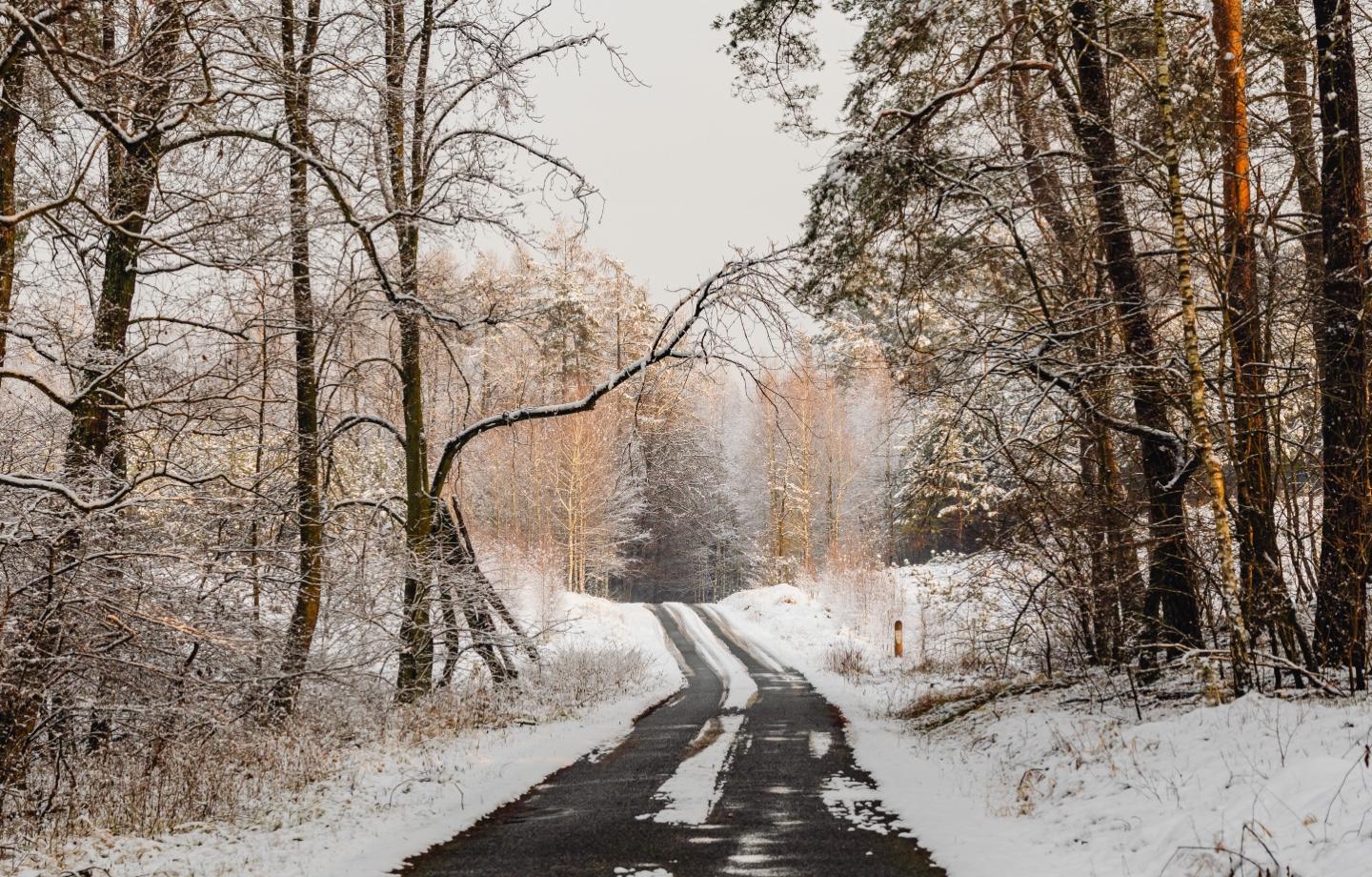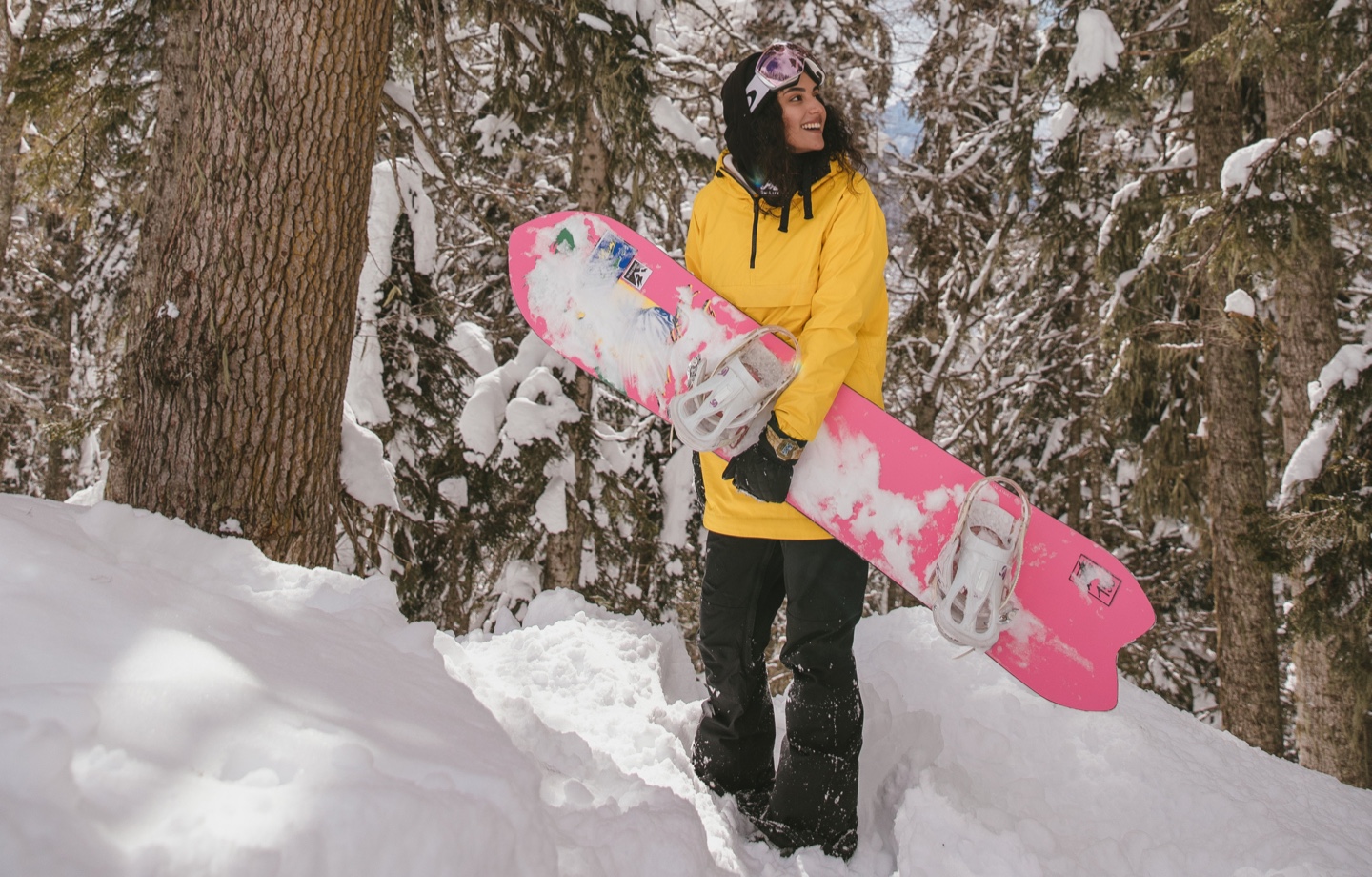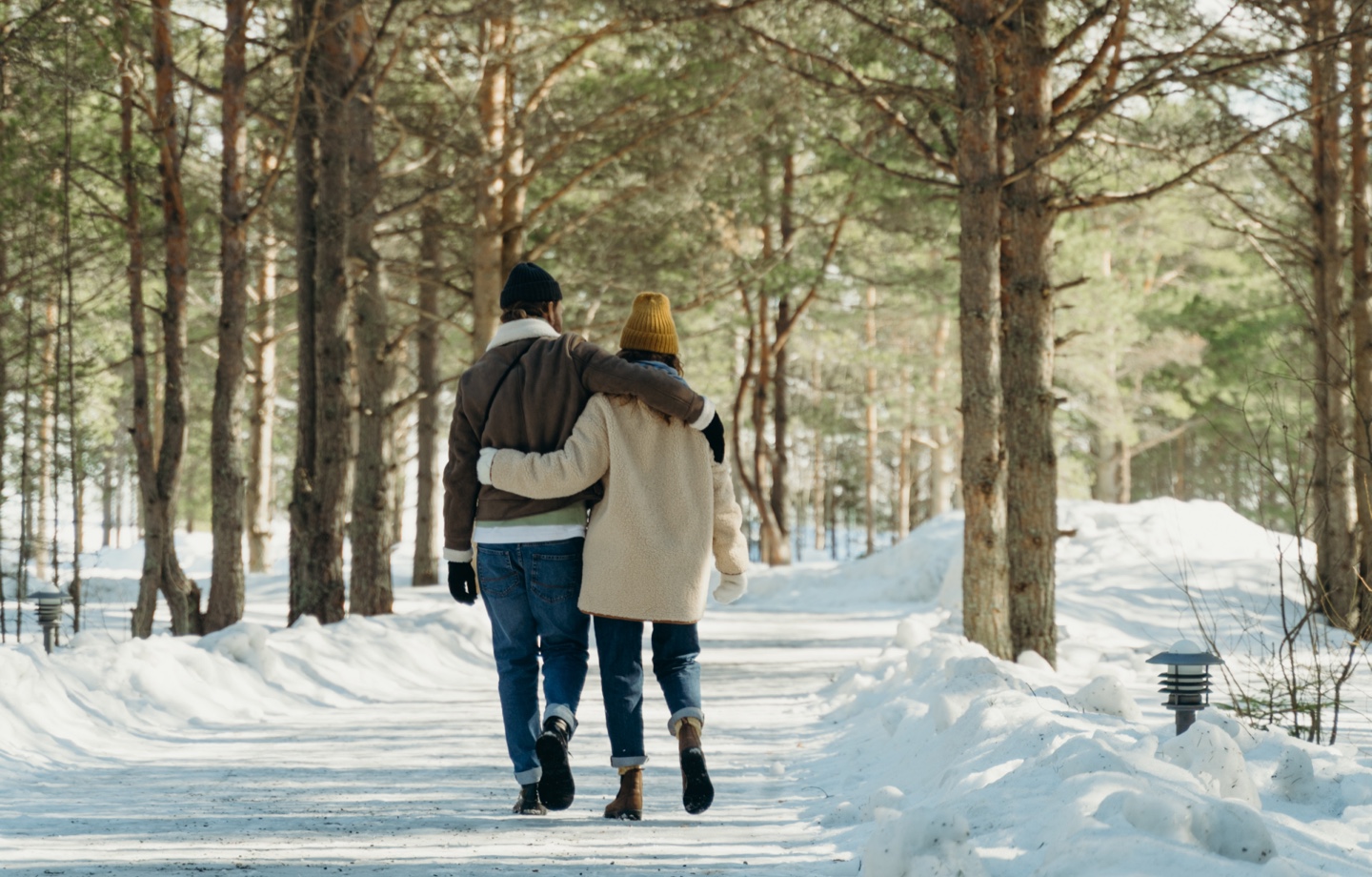It’s hard to find the momentum to get outside during the colder, darker, dreary months. Stay motivated with these tips — plus the science behind why the advice works.
The clouds hung low and red and gold leaves crunched underfoot. I was out for a 7 a.m. jog on a crisp fall morning in Seattle. This is my favorite part of the day — something so satisfying about pulling on my sneakers and slipping outside while my family hits the snooze button one more time.
But I’m not unique. There are more Americans getting outside than ever before. In fact, more than half of U.S. citizens (53 percent) participated in outdoor recreation in 2020 — the highest rate on record, according to the Outdoor Industry Association, a trade group representing outdoor organizations.
It’s no wonder. Time outside is associated with a range of physical and mental health benefits, including improved attention, lower stress, better mood, reduced risk of psychiatric disorders, and even an uptick in empathy, according to the American Psychological Association.
Read more: Our Guide to Staying Outside — and Happy — In Winter
“Experiences of nature promote wellness,” says Kathleen Wolf, who researches nature’s benefits on health at the University of Washington. Getting outside, even for a matter of minutes, makes you feel better, it’s also been shown to reduce symptoms of mental illness, like depression, ADHD, and anxiety. You may already know this to be true if you love getting outside. But it can be hard to find the motivation to venture out your front door when temperatures drop and the days grow shorter.
Here are our best tips for how to stay active outside — and beat the doldrums — this winter.

Read more: Why Listening to Your Circadian Rhythm Is Essential to Good Health
Make a Plan
Whether you already have an outdoor exercise habit or you’re just getting started, begin by making a plan for how you’d like to spend time outside this winter. Keep in mind that the way you get outdoors during the cold, dark months will look different from the way you stay active the rest of the year — and that’s okay. When frost lines the sidewalks in the early morning, for example, pencil in a midday walk so you can rely on warmer temps and plentiful daylight.
The advice: Think through where you’ll get outside, when you’ll do it, and the gear you’ll need in order to be successful, advises Emily Saul, a former collegiate athlete and a sports psychologist with more than 20 years of experience working with kids and adults on movement-based mental health goals. Let’s say you want to jog outside three times a week. Decide where you’ll jog (perhaps at a track or a nearby trail system), the time of day you’ll run (before, during, or after work), and the steps you’ll need to take in order to get out the door with your shoes laced and your legs feeling limber.
Why it works: Setting a goal — like jogging outside three times per week — is akin to starting a new habit. A 2012 study by researchers at the University College London found that people are more likely to stick with a habit or routine if they provided themselves with daily cues. In other words, you’ll be more inclined to take that jog if you plan to do it the same time each day and you leave your running shoes by the door as a reminder.
More tips: Just 20 minutes of time outside in nature is enough to promote feelings of health and well-being. And don’t worry about buying a bunch of fancy gear. Some outdoor shops, like REI and Sports Basement, rent equipment like snowshoes and cross-country skis, so you can borrow what you need to try a new activity. Many popular brands, including Arc’teryx, Patagonia, and The North Face, also sell used equipment directly to consumers. Local used gear shops and gear lending libraries are becoming increasingly common, too.
Create Some Heat
Getting your heart rate up is a surefire way to beat chilly temps. “It feels really meaningful for me to go out into cold, challenging weather, and to know that my body is able to generate enough heat not only to stay warm but to get hot — to sweat — and to feel the result of my effort,” says Saul.
The advice: Any pursuit that raises your heart rate will do. Try walking, jogging, hiking, or snowshoeing. If you’re in a place where there’s snow, “Take advantage of the fact that there is that snow!” says Saul. Swap your daily run for a snowy walk — just prepare with wool socks, traction for navigating slippery sidewalks, and warm layers you can remove once your body heats up.
Why it works: Endorphins — chemicals that our brains release during exercise — elevate our mood, reduce our experience of pain, and even help treat mild to moderate symptoms of depression. The trick is to lift your heart rate to release endorphins, whether by going for a leg-burning hike or chasing your kid around a snowy soccer field. Research in this area is ongoing, but existing studies say you should aim for a moderate-intensity activity that speeds up your breathing and gets you a little sweaty.
Getting your heart rate up outside, in particular, may have its own unique benefits. A 2011 literature review found that, across studies, getting outside (as opposed to exercising indoors) leads to greater feelings of revitalization and a decrease in stress.
More tips: When exercise isn’t in the cards, research suggests taking in a natural scene — like observing a snow-covered landscape or curling up with a nature documentary — can promote feelings of relaxation and wellness, too. Saul uses visualization when she can’t be active. “If I’m sick and giving my body an opportunity to rest, I may lay down in my bed and close my eyes and visualize a beautiful hike that I’ve gone on, and the nature that I saw,” she says. “I can experience the whole thing — so that my brain gets that experience — even if my body is resting and healing.”

Read more: How to Naturally Boost Your Immune System
Do It Together
You know those old team adages? The ones like: Don’t go it alone; There’s no I in Team; We do better together. It turns out there’s some truth to those sayings, especially when you’re trying something hard or new. Getting outside in winter with a partner or a group, rather than flying solo, helps take the edge off, and makes it easier to stick to your goals.
The advice: Join an outdoor exercise group or ask a partner or friend to come along for your regular exercise. It might not be possible to meet up with a buddy daily, but planning to get outside with at least one other person, once a week, will help you stay motivated, especially during the winter. “It just doesn’t feel so hard when you’re doing it with other people,” says Saul. In addition to making workouts more fun, “there’s also an element of feeling like you’re capable of doing more than you would perceive that you’re able to when you’re on your own.”
Why it works: Study after study demonstrates that exercising in a group, whether indoors or out, can help you meet and stick with your workout goals. Challenging activities like running hill sprints or trying cross-country skiing for the first time feel less taxing when we do them with a partner. And there’s the accountability factor: “Even exercising with one other person offers the benefit of togetherness,” says Saul. “As in, ‘I’m not in this alone! I know they’re showing up, so I’m going to show up, too!’”
More tips: Joining a community isn’t only for newbies. “If you are an outdoorsperson and you enjoy going out in the winter, become a mentor,” suggests Wolf. Introducing new people to an activity you love feels great — as a bonus, you’ll be keeping your motivation up during those months when getting out can feel more challenging.
Want to get involved in an activity near you? Visit your local outdoor retailer, which may host group events. There are also online resources, like Facebook and Meetup groups where folks plan in-person workouts. Or, check out the November Project, a free, year-round outdoor exercise group that now meets in 58 locations worldwide.

Read more: 5 Ways to Shore Up Your Mental Wellness for Winter
Have feedback on our story? Email [email protected] to let us know what you think!

Shop Pillows
The Essential Organic Pillow Collection
Gentle, breathable, non-toxic support.





